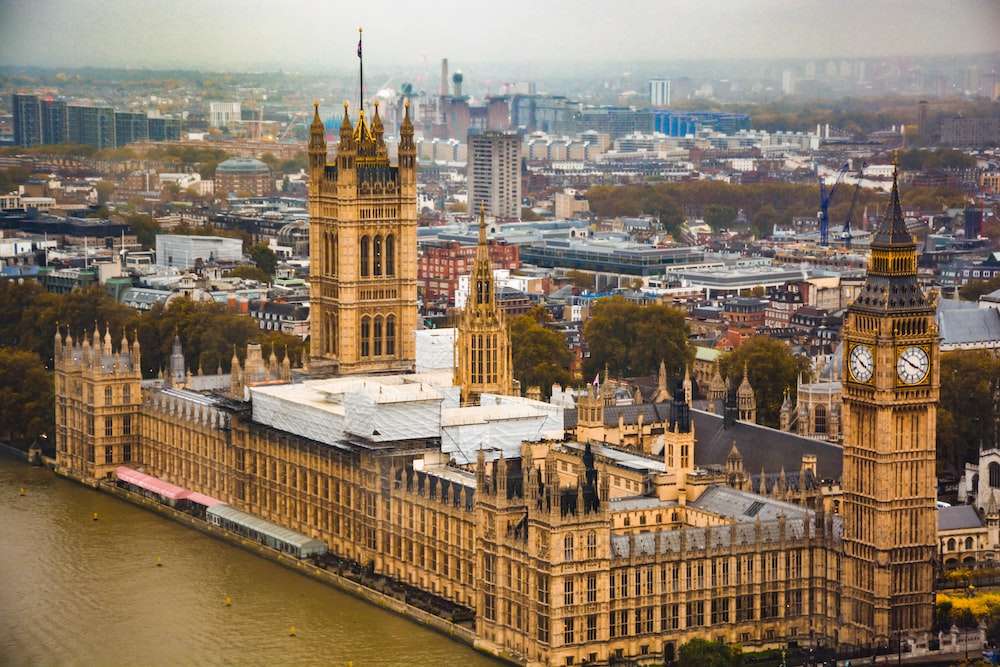To increase general understanding within different sectors of the business aviation industry, the Martyn Fiddler team are often invited to provide training sessions on specialist subjects which are of relevance to their audience. The following is our key takeaways from a recent training session on the risks facing operators in Europe.
What is at risk?
Often it will be operators and their crew teams who will be involved if one of their client’s aircraft is subject to a customs inspection upon arrival in a particular jurisdiction. While crew may be knowledgeable about their clients, knowing how to respond to official enquiries and who to contact for support is very important for both operator and aircraft owner.
Tax and customs are complex areas and when approximately 20% of the value of the aircraft could be at risk (not to mention grounding of the aircraft and knock-on time delays) it is an area that must be taken seriously.
Understanding ownership
Whether a client is purchasing a new aircraft, or an aircraft is being transferred in from another operator, it is vital to understand the background to the scenario and tax planning. For example, did a previous operator import the aircraft and will the transfer require further tax and customs planning? Is the aircraft required to be chartered for a certain number of hours to satisfy its tax registration? Will the owner be charged at the same rate as a third-party client?
Having the answers to these questions will help operators reduce their risk exposure when looking after client aircraft. It will also allow for the smooth flow of information between the aircraft owner and operator which can otherwise become a source of frustration.
The visible and invisible
While the physical checking of documents at immigration is something which has become second nature, not all tax and customs events are visible or known to the owner and crew – but they do happen! Temporary Admission and Returned Goods Relief are great examples of special customs procedures which work in the background and apply to aircraft even though they are not visible to the parties using the aircraft.
While a growing number of aircraft operators now realise the importance of seeking high level training in Customs & VAT requirements to reduce risk exposure, education is still lacking across much of Europe. It is important to remember that a taxable event occurs every time an aircraft crosses a border – whether the owner and crew are aware or not – and customs officers are not well known for their tolerant attitude towards business aircraft!
What is Europe and why EBAA?
Europe continues to be a complex geographical zone made up of numerous tax and customs territories. Each territory has multiple national and domestic tax and customs systems, cared for by different government departments with differing interpretations of those rules – even within the same country.
It is simply not possible to have one individual who understands all tax and customs legislation within Europe. The European Business Aviation Association (EBAA) works with national aviation associations, businesses, trade bodies and educational institutions to create a network of specialists in many areas, including aviation customs and taxes. Access to members of this network helps improve the flow of information and education amongst the business aviation community.
Martyn Fiddler Aviation is a proud EBAA member and part of the EBAA tax and customs network. We work together with specialists across the European area to ensure we remain at the leading edge of business aviation tax. Our chartered tax advisors, customs specialists, lawyers and administrators have over 200 years of combined business aviation experience – we use this to give back to the EBAA network.
If you would like to learn more about Martyn Fiddler or organise a training session with the team please get in touch.



